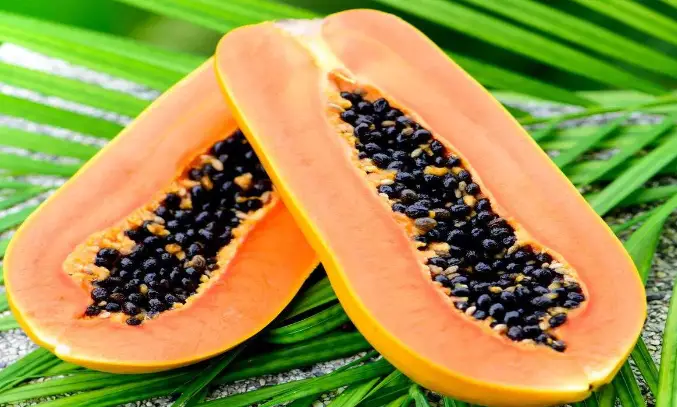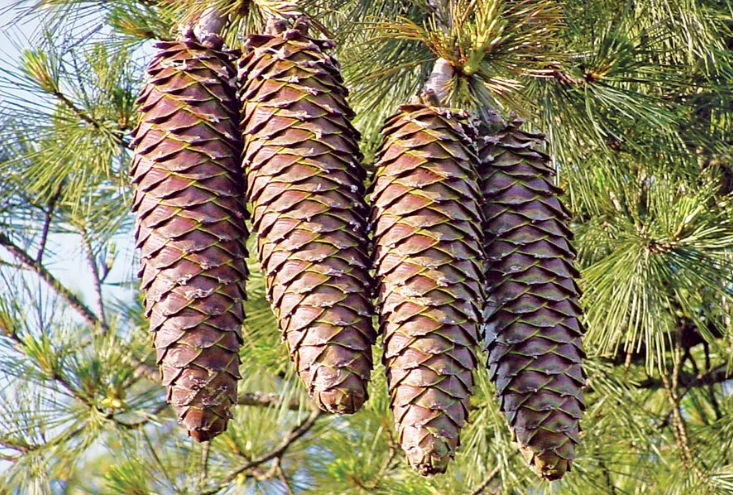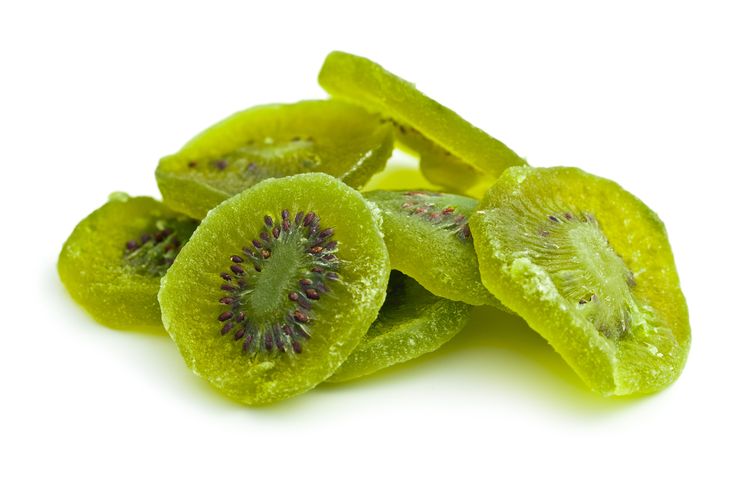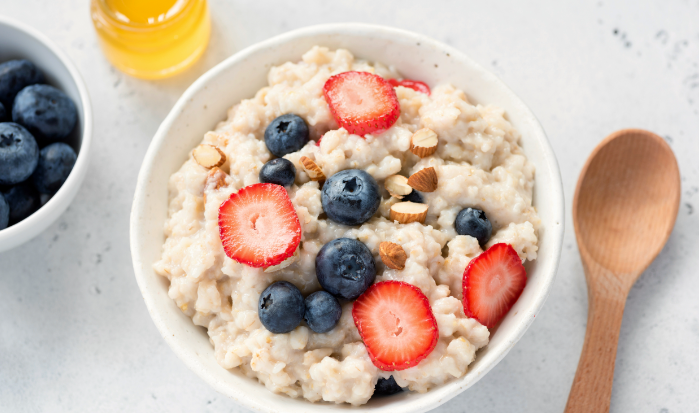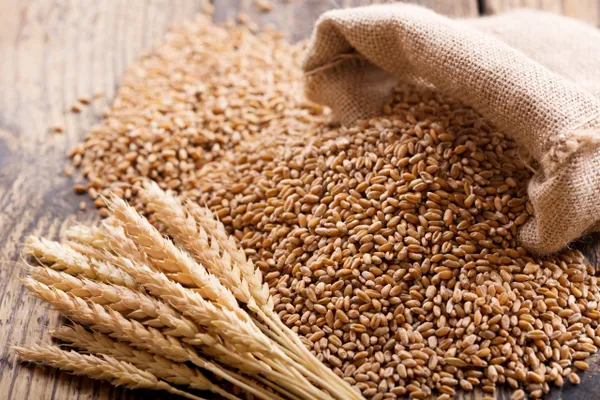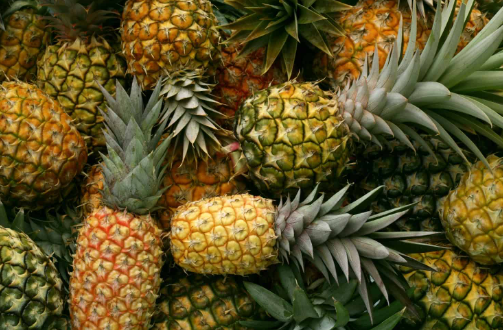Mangoes are a tasty tropical fruit, but they can leave marks on clothes and other things. When juice from mangoes gets onto fabric, the fruit’s strong yellow color and acids can cause stains. Often these stains might look like they won’t come off, but don’t worry! There are ways to clean them so you can keep wearing your clothes without any stains.
Table of Contents
- What Makes Mangoes Stain Clothes?
- 1. Tannins
- 2. Carotenoids
- Stopping Mango Juices from Staining Clothes
- Removing Mango Stains from Clothes and Other Surfaces
- 1. Baking Soda Mixture
- 2. White Vinegar Solution
- 3. Lemon Juice and Salt
- 4. Oxygen Bleach Paste
- 5. Spray-On Stain Removers
- 6. Rubbing Alcohol
- 7. Hydrogen Peroxide
- 8. Laundry Booster Powders
- Final Thoughts
What Makes Mangoes Stain Clothes?
There are two substances in mangoes that can stain fabrics:
1. Tannins
Tannins are a type of chemical found in many fruits, including mangoes, berries, and grapes. They taste bitter and help protect the plants from bugs and disease. When they touch clothes, they stick to the fabric’s proteins, especially in materials like cotton and silk. This leads to brownish stains that can get worse when they touch the air.
2. Carotenoids
Mangoes are full of carotenoids such as beta-carotene, which give them their bright yellow-orange color. These pigments can transfer to fabrics and create tough stains because the oily substances hold onto clothing fibers.
Stopping Mango Juices from Staining Clothes
To enjoy mangoes without worrying about stains, you can do a few things:
- Always use a cutting board to prepare mangoes instead of cutting them while holding them over your clothes.
- Eat mango slices over the sink to catch any juice that might drip, keeping your clothes clean.
- If you get mango on your clothes, rinse the spot with cold water right away. The cold water helps dilute the color and stops it from sticking to the fabric.
Removing Mango Stains from Clothes and Other Surfaces
Don’t let mango stains make you throw away your clothes. Here are some home remedies to help get rid of those spots:
1. Baking Soda Mixture
Use baking soda to balance out the acids in mango juice. Mix baking soda with a little water to make a thick paste. Smooth it over the stain and leave it for an hour or two. After that, rinse and wash it. The paste will pull the color out of the fabric.
2. White Vinegar Solution
White vinegar has acid that can break down the stains. Put the vinegar directly on the stain, wait for 15 minutes, and then gently rub and rinse it off before washing. But before using vinegar, make sure it won’t make the colors on the fabric run since it is acidic.
3. Lemon Juice and Salt
Lemon juice and salt can naturally bleach stains. Squeeze some lemon juice onto the stained area, sprinkle salt over it, and put the clothing in direct sunlight for a few hours with the stain side up. The sun’s light will help bleach out the stain when you rinse it off.
4. Oxygen Bleach Paste
If the stain has been there for a while, make a paste with oxygen bleach and cold water. Put this on the stain and leave it for about 8 hours before washing. Oxygen bleach will lift the color without damaging your clothes like chlorine bleach can.
5. Spray-On Stain Removers
For fresh mango stains, try using stain-removing sprays like OxiClean, Shout, or Spray ‘N Wash. Just follow the directions on the label. These products usually have special enzymes that break down fruit colors.
6. Rubbing Alcohol
For hard-to-remove stains, try using rubbing alcohol, which works as a solvent. Wet the stain with rubbing alcohol and let it soak in for a few minutes. After that, put it in the wash. Before you use alcohol, check if it’s safe on the color of your fabric because it might fade some types of dye.
7. Hydrogen Peroxide
Hydrogen peroxide is another bleach that can remove color but is usually safe for fabrics. Use a 3% solution and let it bubble for a few minutes on the stain. Rinse and wash it afterward. It’s very good for white clothes and surfaces.
8. Laundry Booster Powders
If you have a really strong stain, adding a laundry booster like Borax or OxiClean to the wash can help. These powders get into the fabric and break up the mango stains, making your clothes look fresher and brighter.
Final Thoughts
Mangoes may be sweet and juicy, but their stains don’t have to ruin your clothes. The secret is to act fast and use the right cleaning method. With some careful eating, quick action, and effective stain removal tricks, you can enjoy mangoes without leaving their mark on your wardrobe. Remember to tackle stains promptly and use the best cleaning solution for each type of fabric and stain.
